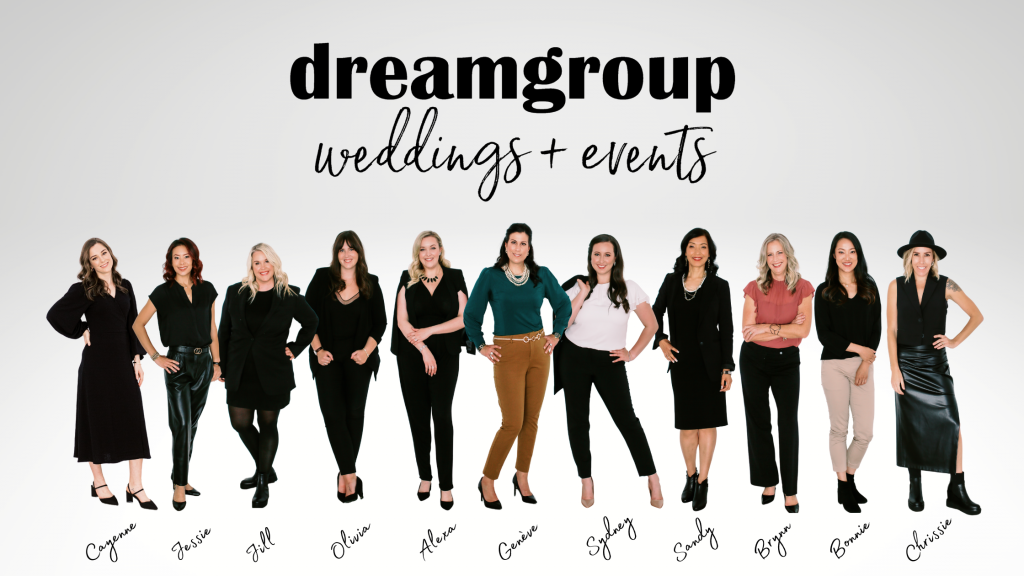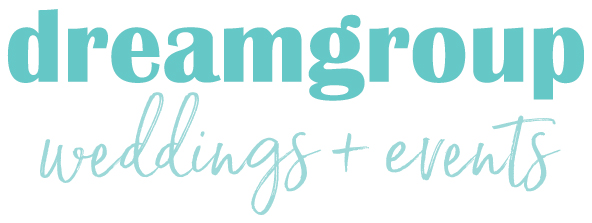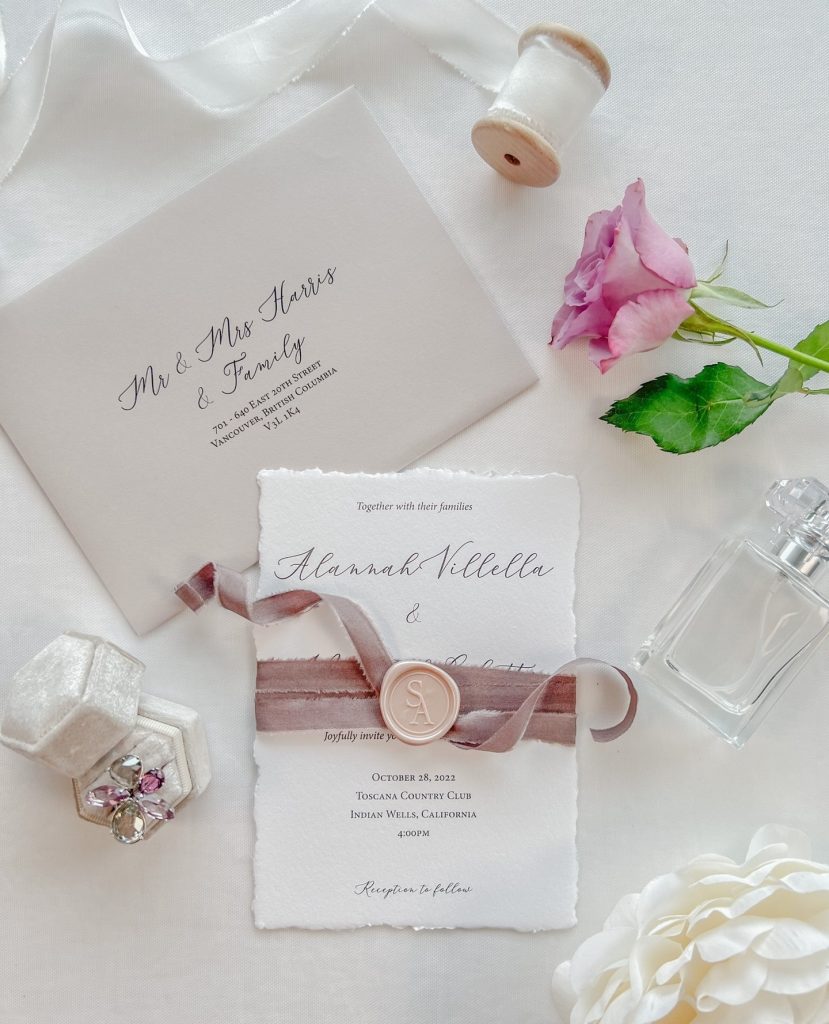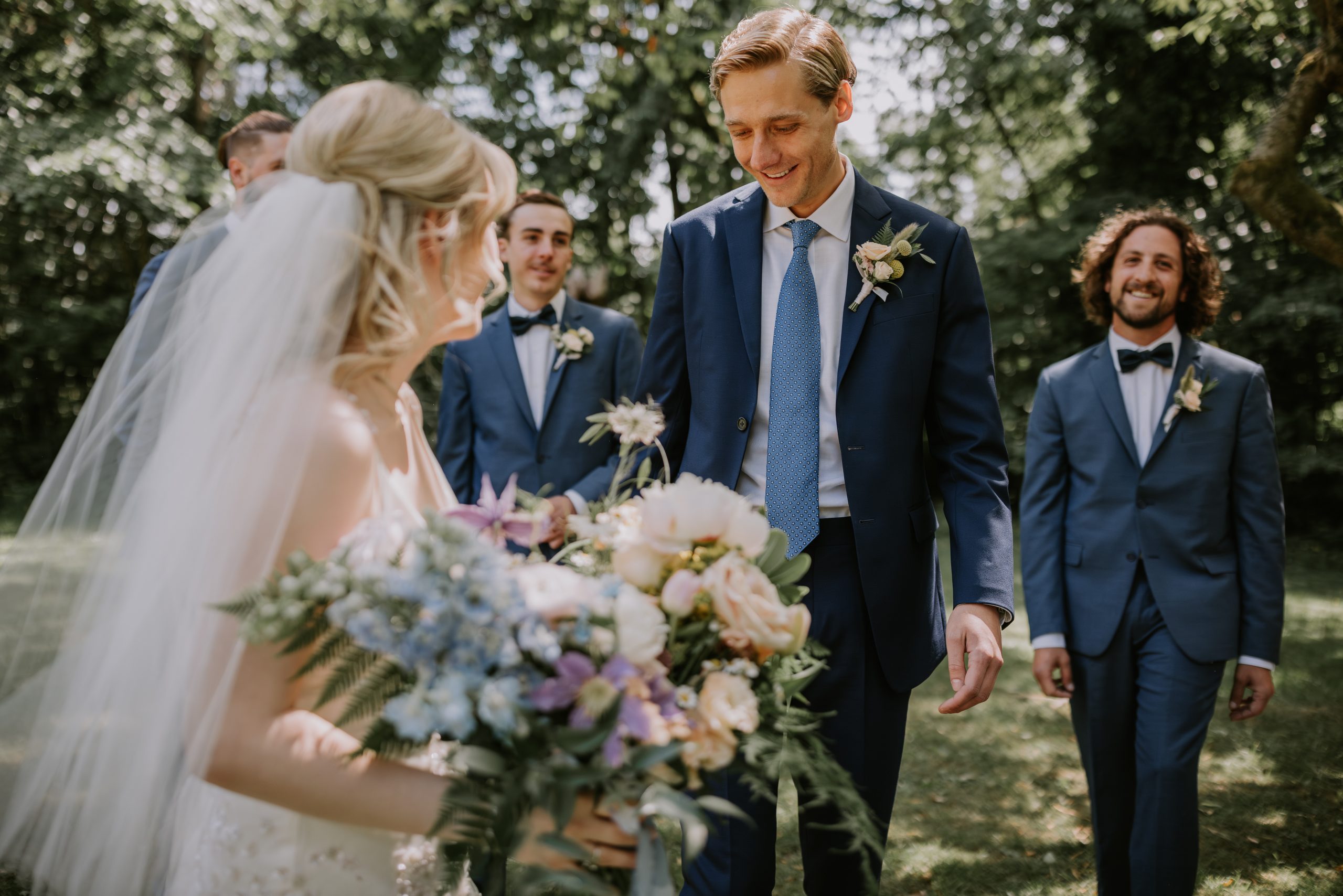The Scoop on Wedding Invitations
It’s the first thing your guests will receive (unless you have already sent out a Save the Date which is really an extension of the Wedding Invitation). The all-telling painstakingly designed wedding invitations. A bride or groom will likely spend considerable time thinking about and putting together their invites. For some, the invitation must set the scene for your Wedding Day — dictating its formality and/or theme. For others it’s just a means of communication that needs to be simple and pretty. There’s no wrong way! The Scoop on Wedding Invitations offers amazing insider tips from some of Vancouver’s most popular and experienced Stationers.
Regardless of how you approach the Wedding Invitation your best bet is to keep it high quality no matter how complex or understated it may be. And even if you are choosing to go the paperless digital route the quality will then be in the layout, the imagery, and the carefully chosen wording. These days people don’t get a lot of mail (apart from those pesky bills) so giving your invitations some thought and making them a pleasure to receive is always a great way to kick off the anticipation and excitement for your big day!
And be sure to check out the Ask a Planner Series Q&A below as perhaps you have the same questions as Miss Sara!

The wedding of Tori + Dylan with DreamGroup Planner Chrissie Vides & Making Memories
.
What do you say?
We asked 3 of Vancouver’s popular stationers what advice they would give to brides and grooms diving into the Wedding Invitation portion of the wedding planning. Here’s their valuable suggestions and things to consider!
Making Memories with Stationery
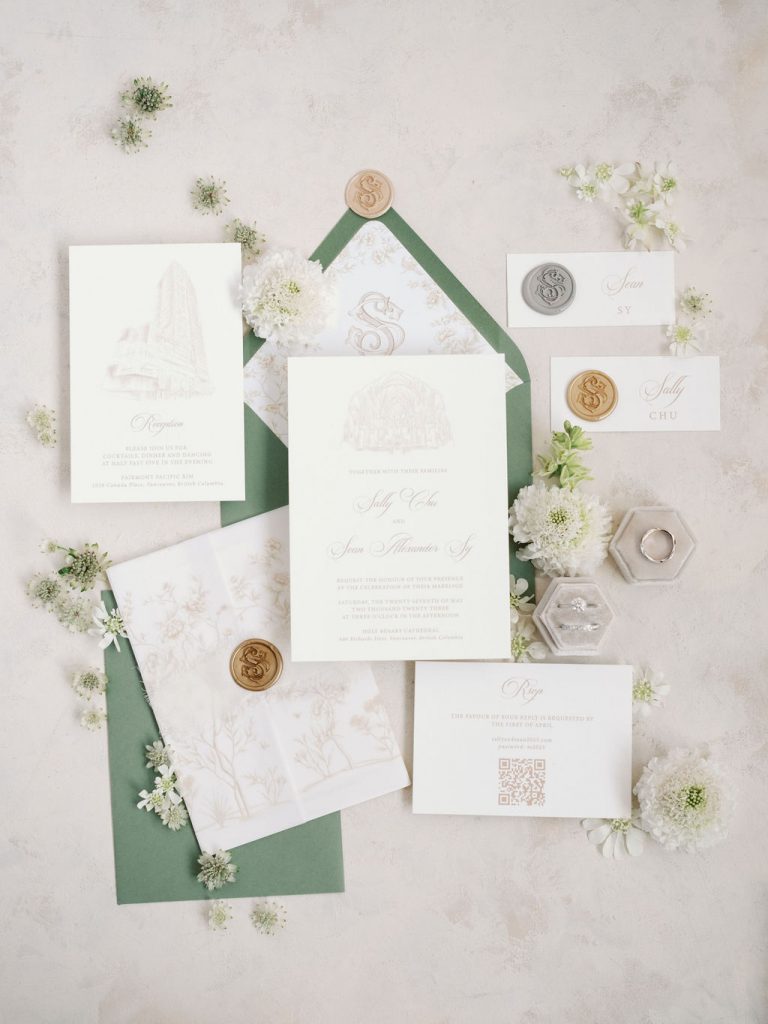
The wedding of Sally & Sean with DreamGroup Planner Jessie Kumagai and Making Memories
Tips from owner Amari Yu…
1. First determine how many invitations you need? This seems pretty easy but a lot of people forget that not every single guest needs their own invitation. You have couples and families that can share one invitation. Best thing to do is to go through your guest list and count the number of households. That should give you a better idea of the quantity of invitations you will need to order. Also, order a few more invitations – for yourself and last minute additions – as reordering can be costly!
2. Consider making a wedding website that will direct guests to more information surrounding your wedding. Instead of having too many inserts with limited text space for information, you can have as much detail about hotels, things to do, RSVP, and additional pre/post events all on the wedding website. There are a few free website templates that are easy to use.
3. Invitations are blank canvases… in terms of design, the sky’s the limit! Invitations are one of the first impressions you give to your guests that set the “mood” for your wedding. Whether you are having a minimalist/modern or classic/romantic wedding, the invitation is a great way to express that to your guests. You can inject the couple’s personalities and interests into the design as well! How excited will your guests be when they open up that envelope and see a Lego or Vintage Travel themed invitation?!
4. Consider making a custom wax seal. You can use it for your invitations, day of stationery and it is a keepsake that you can use for years to come.
Check out DreamGroup’s blog here called Wedding Websites You Must Know About.

Violet Grey Creative
Tips from owner Tara Thorp…
1. Start working on your invitations early!
Designing your invitations can take longer than you think. Once you have your date, your venue and a rough guest count, start on your invitations. Collecting all your guests’ addresses can take time. But while you are working on that you can be working on your invitation proofs. It’s a real time saver. With issues in the world supply chain these days, things take longer than they used to. From sourcing paper to the chemicals to make the metal plates for letterpress and embossing methods, there are delays we are facing that we haven’t had in the past. We are not Amazon, haha, things don’t arrive overnight!
The best part about designing your invitations early is that once they are ready, you can either go to print or wait if you need to adjust a time or place or meal choice. But at the least the design is ready to go. Making a small adjustment is easy. Waiting until you have all the information and then stressing about getting them done is not very fun. Your invitation is your first impression to your guests, take the time to get it right.
2. Keep your guests in mind.
Little things come up during the design process that are helpful in how you will communicate to your guests. For example, if you have out-of-town guests coming, you want to give them enough time to book flights and accommodations and take time off work (people plan their vacation time in advance). Or if you need to collect your guests’ meal choices. Getting this information early will help you in the long run in putting together your seating chart and wedding day stationery.
3. Give yourself the gift of time.
Your wedding day stationery takes time. Even more time than your invitations! There are usually a lot of pieces and information to organize. It is also right before the wedding, so it can be a little more of a stressful time with everything else you need to finalize. Make your RSVP date earlier, there’s no harm in that, and it gives you the time you need to decide who is sitting with who or where. Trust me this will make this process a lot more enjoyable.
4. Lastly, understand what quality costs.
We live in a world where everything online is at our fingertips. There are lots of quick and cheap invitation companies online that offer templates you can do yourself. But be aware that with lower prices comes lower quality and often limited customer service. It’s just not the same as working with someone locally. Working with an actual person may cost a little more, but with that comes support, guidance, helpful tips, suggestions, and better quality. And supporting local will always be a good thing for everyone!
There is an Art to Stationery, and with that comes a passion for design. Violet Grey Creative has a passion for stationery and we put that into all our designs.
.
Jrnl Studio
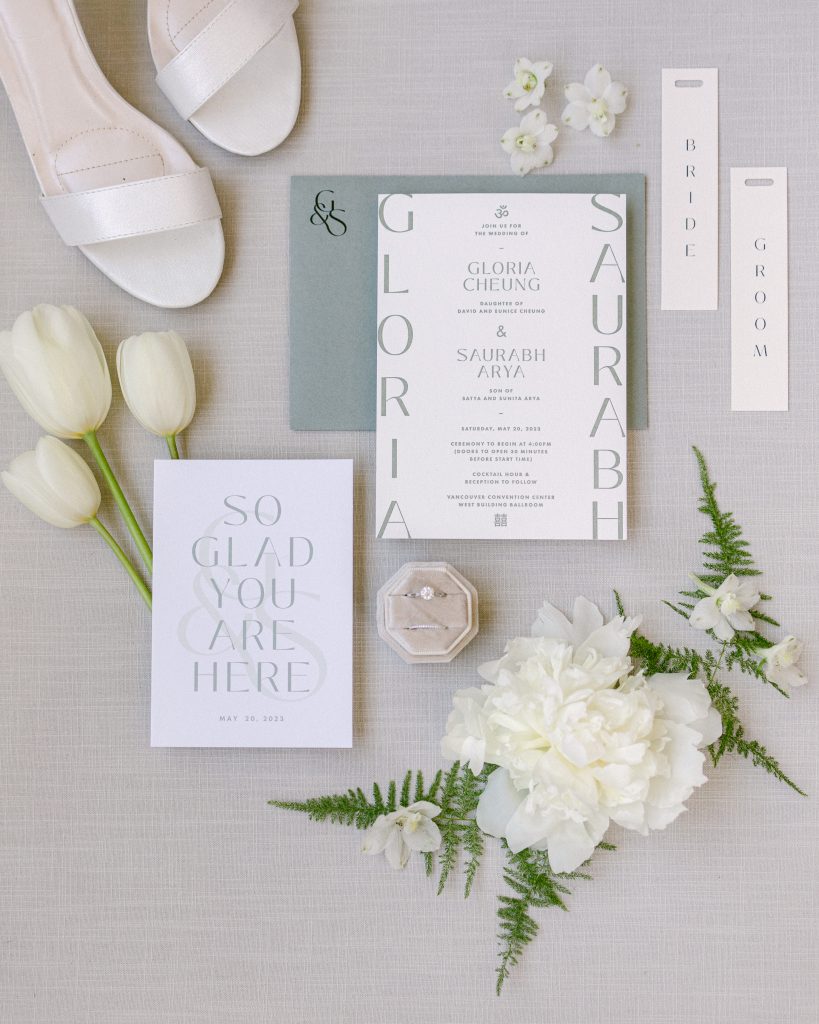
The wedding of Gloria and Saurabh with DreamGroup Planner Bonnie Wong and Jrnl Studio
Tips from owner Andy Wang…
1. Make the stationery truly yours by writing your own unique content whenever you’re communicating with your guests. Use your own voice and get personal.
2. Seek out the stationers at the very beginning if you’d like an overarching brand/theme through all of the wedding stationery. Chances are if you use several different service providers, the wedding theme and design may not be unified.
3. We encourage our clients to take the monogram we designed to all of the vendors involved in the wedding. Create a brand experience by applying the monogram to cakes, cookies, carpets, dance floors, slideshows, etc. The list for creating continuity is endless, not to mention impressive!
DreamGroup’s Ask a Planner Series
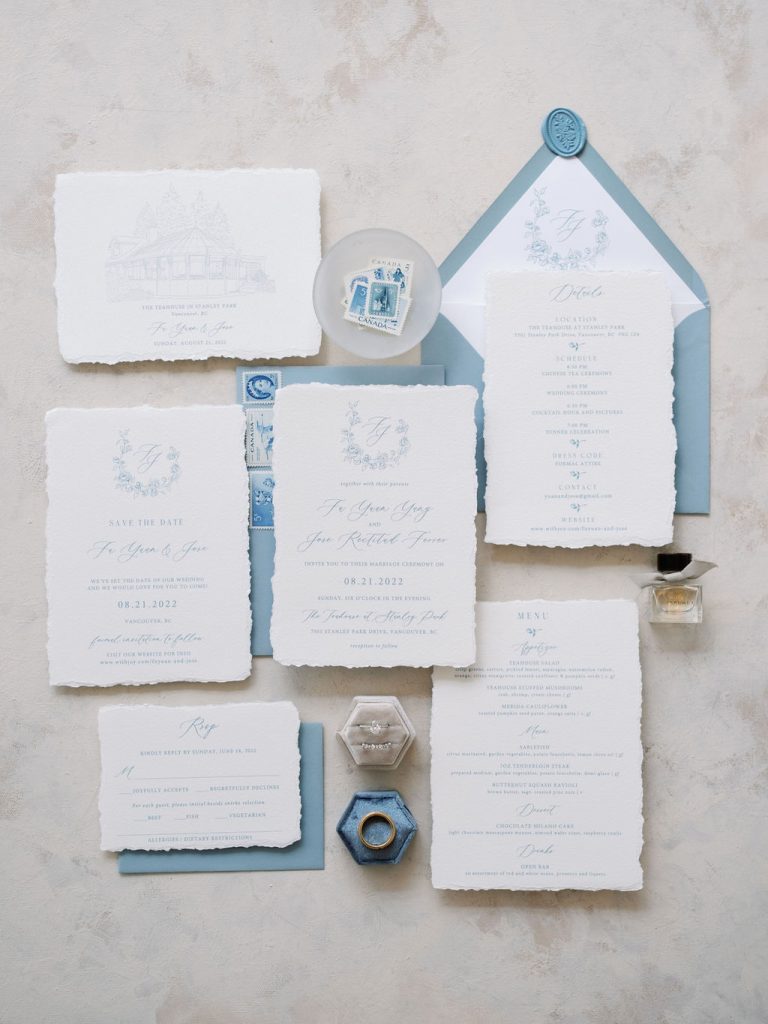
The Wedding of Chloe + Jose with DreamGroup Planner Alexa Gayton and Making Memories.
“Confused about Invitations”
Hello DreamGroup,
I’m so excited that you have started offering this lovely service! I actually have a few questions about my invitations. Answer whatever you can and I’ll be most grateful. My wedding is on August 18th. We are having the ceremony at a church and the reception at a hotel downtown later that night. It seems there are many possible options as far as extra cards to include and we are feeling a little confused. Must we have a separate reception card or can we include all the information on one invitation even though there are two locations? Also, do we need to have mailed RSVP cards or can we ask guests to RSVP by email? Lastly, if we do have paper RSVP cards do we need to include postage stamps on the return envelopes? Thanks for your help!
Sara W.
Hello Sara ~
These are terrific questions and I am happy to say easy to address (haha! I couldn’t help myself). First of all your timing is impeccable with regards to dealing with invitations at this time as the norm for tackling the invitation order and details is about 4-6 months before the wedding. So Bravo to you!!
Let’s answer those questions!
With regards to whether or not to include a separate reception card is really a case of personal preference (and also size parameters of your invitation). If the invitation is large enough to accommodate all the details on one card then there is no reason why you can’t do so. Traditionally, the main invitation includes the ceremony details and a reception card is included separately, but there are many traditional steps that couples choose to eliminate or modify to better accommodate their needs, budget, or style.
These days paper RSVP cards are still quite common, but some couples (who may be dealing with a late send out of invitations or perhaps are eco-conscious) are choosing to eliminate this inclusion and simply asking guests to email (and/or phone in) their RSVP. Including a phone option is a good idea if you choose to go this paperless route as there may be some guests that are not active on email. For the record, the RSVP reply date is commonly 2-4 weeks prior to the wedding date. Assign someone the role of contacting guests after this date to obtain missing RSVP confirmations.
Proper etiquette guidelines suggest that you include postage for all national invites. It is acceptable, however, to forgo postage for overseas or international invites as it’s difficult to confirm the exact postage that might be required.
Good luck with your invitation homework Sara and congratulations on your upcoming wedding!
Wedding Planner signing off! Have a wedding planning related question for me? Submit your questions by emailing us at askaplanner@dreamgroup.ca.
Cheerio,
Genève McNally, Founding Planner, DreamGroup Weddings + Events
Nothing sets the stage like stationery.
Stationery Vocabulary:
- Alignment: Used to describe the position of your wording or text on the page. Traditionally, the text is centered on the card with modern invitations often featuring the text aligned to the left or right of the page.
- Backer: A piece of paper that your invitation is displayed on top of. It often matches the color scheme of your wedding. It’s a popular way to add a sweet design element to a simpler invite without breaking the bank.
- Belly Band: A piece of material that wraps around your invitation suite to hold it all together. Popular paper choices include Vellum, Lace, Cotton, or Ribbon.
- Calligraphy: The art of producing decorative handwriting or lettering with ink and a pen or quill or steel nib. Calligraphy can be used on invitations, envelopes, menus, place cards and more!
- Deckled Edge: Irregular, feathered, or torn-looking edge associated with handmade paper
- Digital Printing: A common and the least costly printing technique that uses tiny dots to form text and images on the paper. Similarly to what your printer does at home or work. Using this technique will most likely limit your paper options.
- Dress Code: This is the level of dress expected at the wedding. Usually included in the wedding invitations. i.e. formal, semi-formal, summer casual, black tie, etc.
- Embossing: A printing process that uses a die to raise the letters and images on the paper’s surface.
- Engraving: A more traditional or formal way to print invitations and a step up from thermography. In this process, the printer creates a metal plate called a “die,” which is engraved with your invitation text and design. The plate is then inked and pressed onto the paper, resulting in a beautiful, detailed, raised ink. You can feel it under your fingers and you can see the impression on the back of the paper.
- Flat Lay: A styled photo taken from a birds-eye perspective, often used in wedding photography to capture stationery suites, rings and bridal accessories.
- Flourishes: Ornate designs and scrollwork often used when opting for Calligraphy adding to the formality of an invitation.
- Foil: A technique in which a copper plate is used to push gold, silver or even colored metallic foils into the paper to make an impression; the foil also creates a shiny design.
- Font: The style and appearance of a letter or character. Often referred to as Typeface.
- Laser Cut: A process that uses a laser to cut out words and design details on invitations.
- Letterpress: One of the most popular styles of printing used on formal wedding invitations and the more expensive option! A printing technique in which a metal plate is created with the wording and designs of your invitation raised on the plate. The plate is then inked and transferred to paper sinking the images and letters into the paper. Rather than the letters being raised as with Embossing.
- Linen: A paper type with a surface that’s grainier than pure cotton stocks and resembles the look and feel of cloth linen.
- Liner: A decorative piece of paper used to line the inside of envelopes. Sometimes they are made of parchment and other times the paper will be thicker and opaque.
- Monogram: A combination of the couple’s names or initials used to create a design. You can use your first names, last names, first or last initials, or a combination of both. Many couples will use a custom monogram as a wedding motif throughout their stationery suite.
- Offset Printing: Also known as “flat” printing. A process that involves printing the words and images with pre-mixed ink onto the paper. Offset permits one to use highly textured papers in the design which is often not possible with digital printing.
- Plus One: An additional spot extended to a wedding guest allowing them to bring a guest of their choosing to the wedding. The rules may vary depending on the couple’s budget, wedding size, and wedding vision, but generally, married couples and established couples (who live together) get invited formally by name, but when the name of a guest’s current significant other in unknown or changes too often to keep up (haha) a couple may choose to allow them the privilege of bringing a plus one. It’s also nice to consider a plus-one for any attendee who may not know anyone else at the wedding.
- Stationery Suite: A complete set of wedding stationery, including save the dates, invitations, envelopes, menu, place cards, etc. Usually captured in a flat-lay. Also known as an “Invitation Suite”.
- Thermography: Also known as “raised printing” because you can actually feel the invitation’s lettering and design. This method involves sprinkling resin on the printed invitation paper while the ink is still wet, then exposing the sheet to heat.
- Vellum: Translucent and frosted in appearance with a smooth finish (almost feels like plastic). Vellum is sturdy enough to be printed on and can be used for the actual invitation or as a Belly Band to hold various pieces of an Invitation Suite together.
- Watermark: A translucent design used on fine paper that’s visible only when held up to the light.
- Wax Seal: An elegant and traditional way to seal your envelopes or highlight a special piece of stationery like an escort or place card card. Makes a great keepsake!
All The Pieces…
- Engagement Party Invitation: For a formal engagement party invites should be sent out two to three months in advance, and for a more casual affair, six to eight weeks is fine. They should include the location, date, time, and any required dress code.
- Save-the-Date Card: Save-the-dates aren’t mandatory, but if you do decide to send one, it is usually sent six to eight months in advance. Mention the city and province of your wedding, your wedding website, and include a “Formal Invitation to Follow” message. Destination wedding save-the-dates can be sent up to a year in advance. This will result in a higher acceptance rate, and it’s a courtesy that allows your guests enough time to plan and book their travel comfortably.
- Bridal Shower Invitation: Traditionally, the bridal party hosts the bridal shower with those hosts sending out the invitation. Timing is typically 2-3 months in advance and the invite should include location, time, date, and any theme if applicable. Where the couple is registered is also helpful.
- Rehearsal Dinner Invitation: The person hosting the rehearsal dinner may or may not send out the invitations. Sometimes they are included along with the main Invitation Suite with the host being mentioned by name. Also includes the location, date, time, and RSVP details, etc.
- Welcome Dinner Invitation: May or may not work in tandem with the Rehearsal Dinner. If it’s a more formal event that someone else is hosting, you can have a separate invitation card for this. It can also be sent out with the invitation suite as a separate card or included in the “pre/post events” on the wedding website. Be sure to properly credit the host and mention any attire expectations.
The Wedding Invitation
- Outer Envelope: If you’re going for a traditional invitation suite, it should always include an inner and outer envelope. The outer envelope should include the recipient’s address on the front and postage stamps in the upper right-hand corner. Always be sure to double-check postage amounts before you mail them. Receiving a “return to sender” invite in your mailbox because the postage was lacking is not fun!
- Inner Envelope: The inner envelope should include the name of the invitees. An inner envelope is not as common for less traditional invitations although it’s worth considering if you want your guests to have a pretty place to keep all the invitation pieces in one place. Also, if you are having an envelope liner this usually goes on the inside flap of the inner envelope so it doesn’t have to be ripped open. The Wax Seal might also go on the inner envelope.
- Invitation Card: The invitation card should be the largest and most substantial card in the invitation suite. The first line should include the name of the host of the wedding, who’s getting married, the date, the time, the name of the venue, and the city and province or state. If your ceremony and reception are happening at the same place you might include something like ‘dinner and dancing to follow’ and you might also include the expected attire. i.e. formal, black tie, summer garden, etc.
- Reception Card: If your reception is being held at a different venue than the ceremony, the invitation often includes a reception card. It would state the name and address of the venue and include the time if it’s not being held immediately after the ceremony.
- Directions/Map Card: Wedding websites and Google Maps have largely replaced the need to include directions and map cards with your invitations, however, some people still choose to include them. Especially useful if the venue is a little more unique or off the beaten path.
- Response Card and Self-Addressed Stamped Envelope (SASE): Response cards help you collect your RSVPs and should include a “reply by” date and checkboxes for “accepts with pleasure” and “declines with regret.” Traditional reply cards typically leave the rest blank, while modern ones include a fill-in-the-blank for guests to write in their names. Collecting RSVPs online is becoming the more popular option, but it’s a good idea to still include a response card with the invite asking guests to RSVP online.
- Hotel Accommodations Card: If you do not have a wedding website and people will be traveling to your wedding, you should include an accommodations card with recommended hotels in the area. Some couples will pre arrange for a Room Block at one or two local hotels to help manage the guest accommodations. Also handy if planning on offering transportation to/from the wedding events.
.
FUN FACT: RSVP is the acronym for the French words ‘répondez s’il vous plaît’ which translates to ‘please respond’ so if using ‘RSVP’ on your reply card you should not also include the word “please” before RSVP as that would be like saying please please respond.
Overview: All the Stationery Components
(Don’t panic … many of these are Optional!)
- Save-the-Date Cards
- Wedding Announcement
- Wedding Invitation Components:
- Outer Envelope
- Optional Inner Envelope
- Optional Belly Band
- Optional Envelope Liners
- Invitation
- Reception Card, if held at a different location than the ceremony
- Directions/Map
- Response Card with SASE (self-addressed stamped envelope)
- Thank-You Cards
- Shower Thank-You Cards
- Other Invites:
- Engagement Party
- Shower
- Bachelor and/or Bachelorette Party
- Rehearsal/Welcome Dinner
- After Party
- Post Wedding Brunch
- Ceremony Program
- Vow Books
- Welcome Signage
- Guestbook Sign
- Gift Sign
- Place Cards
- Escort Cards or Seating Chart
- Table Numbers
- Menus
- Napkins
- Favor Tags
Your DreamGroup Planners
